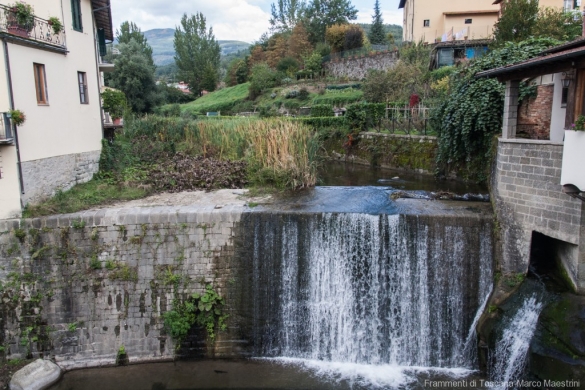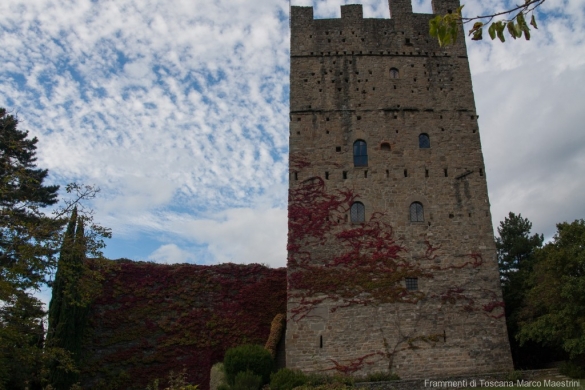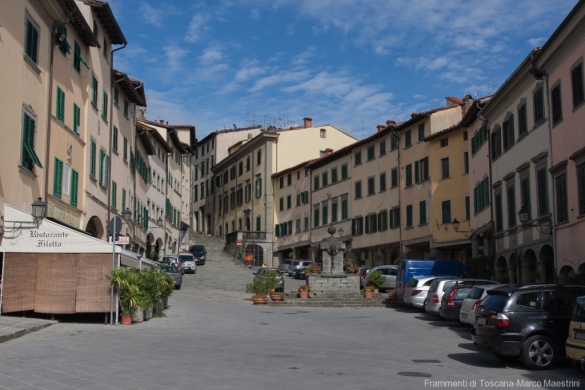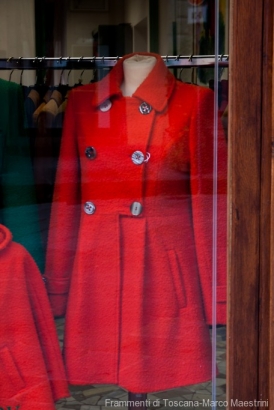Casentino is one of the four valleys of the Province of Arezzo: enclosed between the ridges of Mount Falterona, Mount Pratomagno and the Catenaia Alps, it is the upper valley of the Arno river, that starts from the Falterona and flows towards Florence, Pisa and the Tyrrhenian Sea. Green, authentic and peaceful area dominated by its forests, small churches, old hamlets, castles and monasteries, the Casentino is not much known among tourists, especially foreigners, even though is only about 50 kilometres from Florence and 50 kilometres from Arezzo. In this lovely part of Tuscany the lovely hamlet of Stia has much to offer to ones who wish to better know this fascinating, off-the-beaten-path area.
Nature and Landscape: the hamlet is surrounded by the wonderful forests of Casentino. The Foreste Casentinesi National Park, a protected area in the Apennines between Tuscany and Romagna, is just a few kilometres away from the village, and includes the largest and best preserved woodlands and forests in Italy, that house a great heritage of flora and fauna (wolves and golden eagles among predators, foxes, wild boars etc). Its tall beech trees, imposing chestnut trees and strong oaks are now splendid in all their autumnal reds, browns and yellows, while in Spring is the intense green that dominates the landscape, and in winter the white snow often covers this wonderful scenery.
History: Stia dates back to the XI century, during the Middle Ages was a market place for the High Casentino, and for centuries an important centre for wool processing. But the most evocative historic landmark is the splendid Castle of Porciano, that overlooks Stia and the all Casentino valley. Its large tower dates back to the XIII century, and the whole castle and its village was under the jurisdiction of the powerful Counts Guidi, owners of many other castles in Tuscany. At Porciano, the Counts Guidi offered hospitality to Dante Alighieri during his exile from Florence. After the Guidis left Porciano in 1442, the castle became the property of the Republic of Florence and then of the town of Stia, but got rapidly in a state of ruin and was restored only from the 60s by the Specht family, still owner of the historic building. The three lower floors are open to the public, while the three upper floors are a home to the owners. For further information visit the webpage. At the foot of the castle, the small village of Porciano is characterized by small and cosy stone-houses, and offers a magnificent view of Stia, the surrounding mountains and, in the distance, the splendid tower of the Castle of Romena.
Castle of Porciano
Art: Piazza Tanucci, the central square, has an irregular shape, is surrounded by harmonic arcades and embellished by a stone fountain with metal ornaments. Also on the square, the parish church of Santa Maria Assunta in Romanesque style houses a splendid Madonna with the child, a white glazed terracotta by Andrea della Robbia.
Piazza Tanucci
Handcrafts: In the past centuries, Stia was an important centre for the manufacture of wrought iron. This tradition has been preserved with the organization of a famous international Biannual (the last edition took place in early 2013, and the next one happen in 2015). It must be also mentioned that Stia is also renowned for being an important centre for wool processing, and in particular for the “Panno” or Castentino cloth: this woollen fabric, whose origins date back to the XIV century and production was industrialized during the XIX century in Stia, is characterized for being very warm and particularly resistant to wear and tear.
Despite its characteristic rough surface and aspect, it is considered very elegant and fashionable, and is used for realizing coats, mantles, jackets but also gloves, hats and bags. For centuries its characteristic colours were orange and intense green, but in recent times a wide variety of tinctures is available to satisfy the various requests on the internal and international market. In the central square Piazza Tanucci, the cloth producer TACS (http://tacs.it/, with stores in Arezzo and many towns and cities in Italy and abroad) has a store where traditional and more modern garments can be tried on and purchased right in the place of production!
Casentino cloth
Museum: In the exact place where the wool mill of Stia stood in the past, nowadays is located the Museum of the Art of wool-making. In the first decades of the XX century, the wool mill of Stia was one of the most important of Italy; today the building is no longer used for production, but is a centre that strives to spread the culture of this territory’s special cloth, providing a peculiar experience to the visitors, who can touch, smell, listen, learn, and try some of the hands-on actions necessary for the art of wool making. Here you can consult opening times and ticket prices.
Food: Casentino offers delicious food and typical dishes, and if you are in the area, don’t miss the opportunity to have a bite in one of the restaurants, to taste the excellent tortelli di patate, the local Casentino specialty of pasta stuffed with spicy mashed potato and smothered in a meaty tomato sauce, but also the wonderful Prosciutto (raw ham of Casentino) or the acquacotta, a soup prepared with onions, broth, bread in slices and pork meat.
A small hamlet with lovely things to visit and experience, a still authentic area – the Casentino – actually one of the few places in Tuscany left almost untouched by the trail of tourists and visitors. A hidden gem, to discover gently and enjoy completely.










